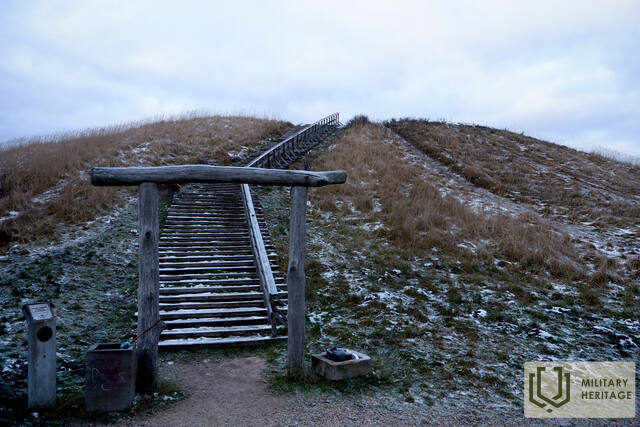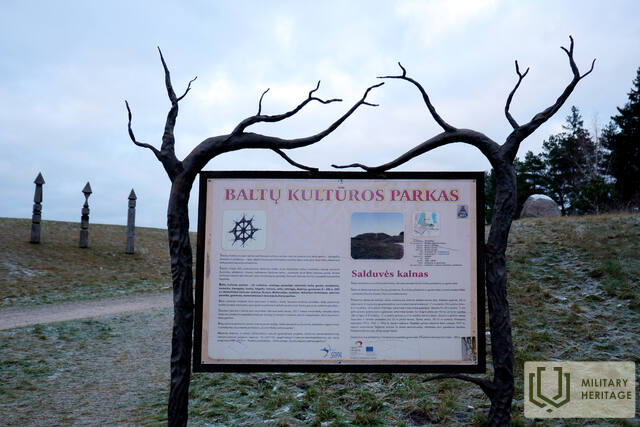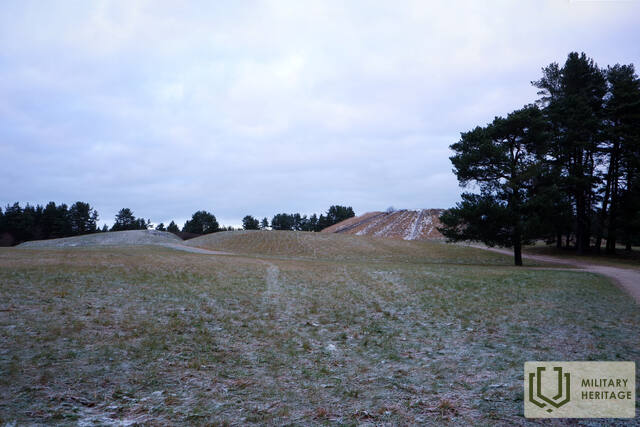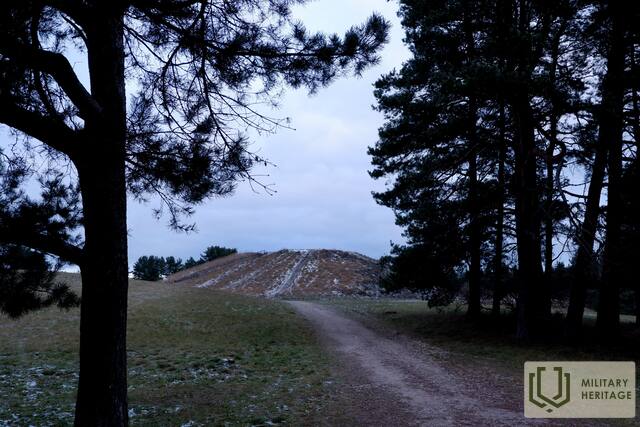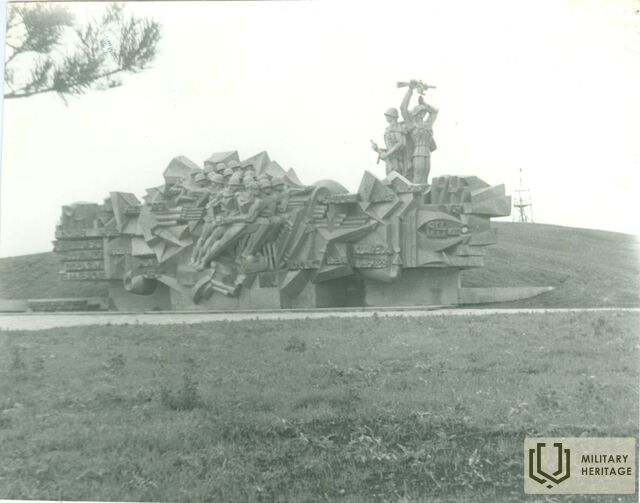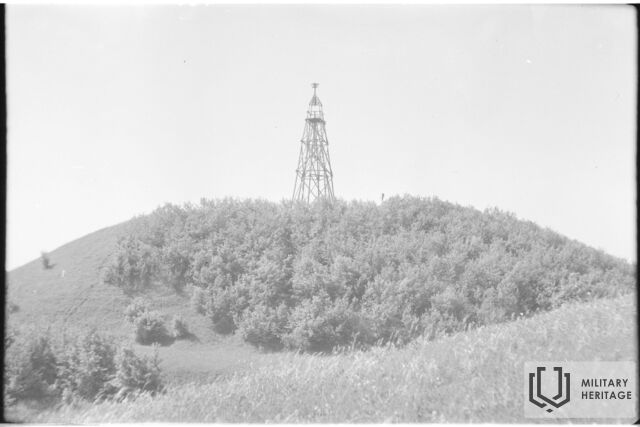Salduve (Žuvininkai) hillfort Memorial site

Salduvė Mound is located in the city of Šiauliai itself.
The Salduvė hillfort, located in the Baltic lands, is believed to date from the 1st millennium to the 14th century, and is one of the late defensive fortifications. It is believed that a wooden castle once stood on this hill, which was of great importance to the first inhabitants of Šiauliai, about which no historical data has survived. The castle was supposed to protect Lithuania from attacks by the Order of the Sword from the north. Other known names of the hillfort are Šiauliai, Žuvininkai hillfort or Kareivių kalnas.
The cultural layers of the mound are heavily preserved: at the beginning of the 19th century, an optical telegraph tower was installed on it, in August 1944, the Red Army set up an observation post on it, and after World War II, soldiers would gather here during exercises.
During the Soviet occupation, song and dance festivals began to be held at the hill, and in 1977 the western part of the foothill embankment was cut down to build a monument to the battles that took place in Šiauliai Land in 1236–1945, but it became more famous as a monument to the Soviet Army. It was the largest monument built in Lithuania, depicting three soldiers facing each other with their backs to each other, whose height was 10 meters. The sculptor of the monument was Juozapas Kęstutis Patamsis, the architect was Gražina Pajarskaitė.
In 1992, there was an attempt to blow up the monument, and it was later partially dismantled. In 2018, a sculpture by Gintautas Lukošaitis “Oxide” depicting a naked warrior was erected on the former monument pedestal, which was broken in 2020.




